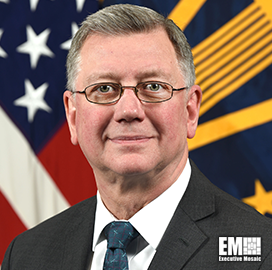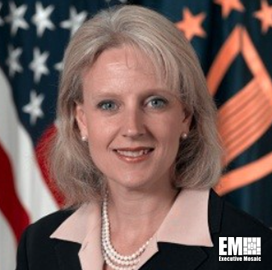A newly established office at the U.S. Navy has received authority over network and information systems previously owned by other naval organizations, in support of a large-scale connectivity plan, C4ISRnet reported Friday.
The direct report program manager for Project Overmatch now has authority over all the Navy’s communications-related research, development, procurement and sustainment efforts.
Project Overmatch aims to establish a unified network capability across the Navy’s and U.S. Marine Corps’s operations, as part of the larger Joint All-Domain Command and Control concept. The military wants to implement JADC2 as an integrated network of sensors that help commanders make decisions.
Systems transferred to Project Overmatch were previously handled by Naval Sea Systems, Naval Air Systems and Naval Information Warfare Systems commands.





